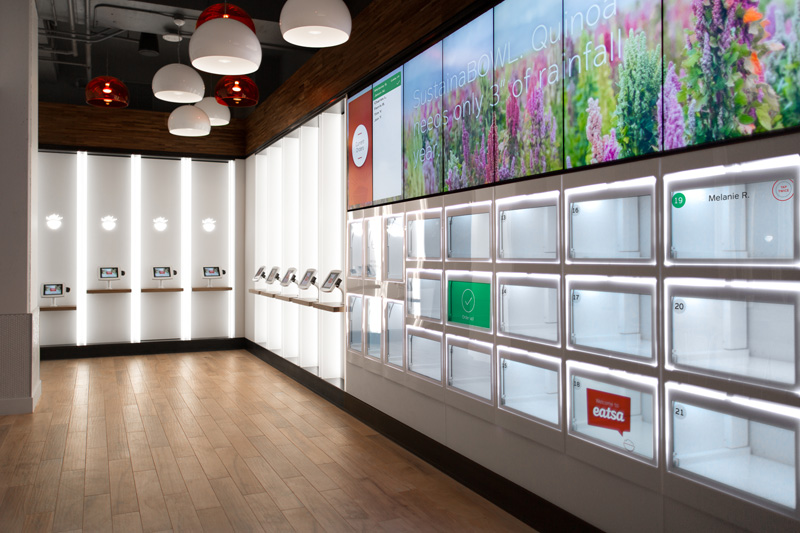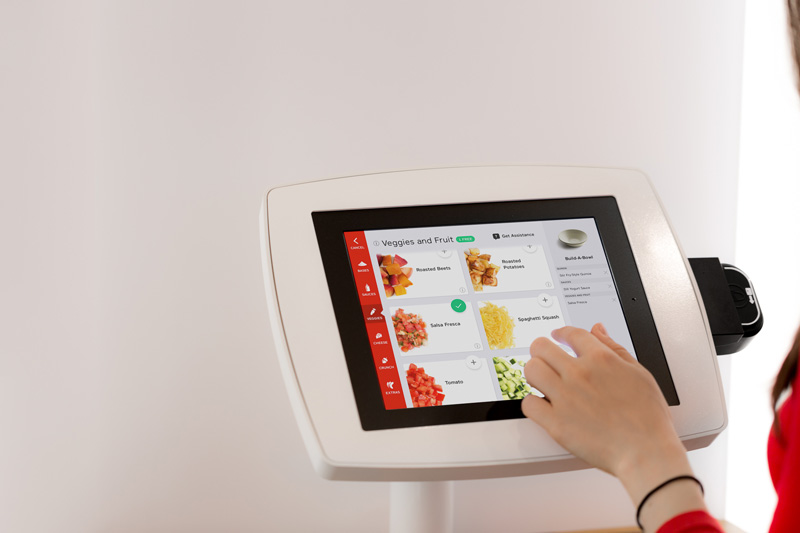Automation: The Future of the Food Service Industry
/

With the push for $15 minimum wage gaining traction across the nation, the restaurant industry is bracing to make big changes. One trend that is picking up in popularity is automation. Basically, restaurants are eliminating the need of workers, and replacing them with robots or other electronic devices. Customers make orders, pay and receive their food without ever having to interact with a human being.
A new San Francisco restaurant, Eatsa, is doing just that. The establishment is almost entirely automated. To start, they do not have a counter, so no front-of-house employees. Customers neither can see the back-of-house staff putting the meals together. There are talks to get rid of that labor force too, thus becoming an entirely computerized business.
Consumers see that there are pros and cons to this new concept. Some see it as being more efficient and less expensive. However, others say that it leads to less jobs being available on the market, and higher rates of unemployment.
David Friedberg, a software entrepreneur who started Eatsa states, "I would call it different than a restaurant. It's more like a food delivery system."
The process of placing and receiving an order is fairly easy. It consists of selecting a customized meal on an iPad, paying and then waiting until your name and a number shows up on a screen. The number is the storage unit where you will actually be picking up your order.
Friedberg continues, "Technology allows us to completely rethink how people get their food."

He explains how automation has been monumental across all industries, and not just the food service industry. For example, robots are doing complicated tasks such as performing surgeries and operations.
In addition, reducing costs is not something new. If a business is able to cut spending and pass it along to the consumers, it's a good thing for all parties. Friedberg claims, "We can sit and debate all day what the implications are for low-wage workers at restaurants, but I don’t think that’s fair. If increased productivity means cost savings get passed to consumers, consumers are going to have a lot more to spend on lots of things."
Although Eatsa is nearly entirely automated, Friedberg mentions how it doesn't necessarily take away jobs. It can create too, which include but are not limited to, developing the tools and systems for the restaurant to run, and producing food products.
(via The Bulletin)
Looking to work in Hospitality?
Discover who’s hiring on Harri


